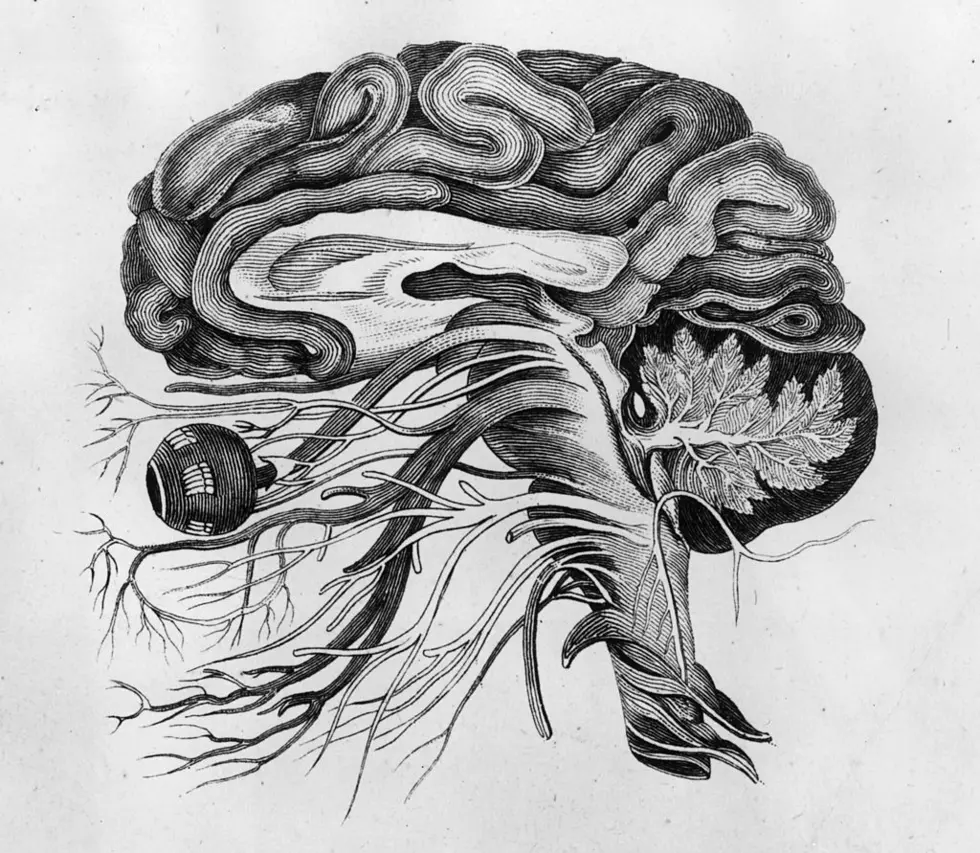
Researchers Discover New Common Trait in People Who are Psychopaths
Researchers have discovered that there is yet another common trait amongst people that are psychopaths that can make them a little easier to identify.
Hare Psychopathy Checklist
The science of psychopathy has held the public's interest for a long, long time. Just look at the many serial killer, crime, and cult leader documentaries that we ingest yearly.
Even though you've probably watched copious amounts of those documentaries, what exactly defines a psychopath? Is it staying friends with your ex? Drinking black coffee? No, but those things are/were once linked to psychopathy.
Psychology Today gives this list of 20 character traits, the Hare Psychopathy Checklist, that's used to deem someone a psychopath.
Psychopathy is a spectrum disorder and can be diagnosed using the 20-item Hare Psychopathy Checklist, which features traits such as lack of empathy, pathological lying, and impulsivity, each scored on a three-point scale based on whether the item does not apply (0), applies to a certain extent (1), or fully applies (2) to the individual. The bar for clinical psychopathy is a score of 30 or higher; serial killer Ted Bundy scored 39.
Glibness/superficial charm
Grandiose sense of self-worth
Need for stimulation/proneness to boredom
Pathological lying
Conning/manipulative
Lack of remorse or guilt
Shallow affect (i.e., reduced emotional responses)
Callous/lack of empathy
Parasitic lifestyle
Poor behavioral controls
Promiscuous sexual behavior
Early behavioral problems
Lack of realistic, long-term goals
Impulsivity
Irresponsibility
Failure to accept responsibility for one's own actions
Many short-term marital relationships
Juvenile delinquency
Revocation of conditional release (from prison)
Criminal versatility (i.e., commits diverse types of crimes)
New Common Trait in People Who Are Psychopaths
Another recent study claims to be able to add one more trait to the list. The study was done using artificial intelligence to analyze prison inmates’ faces while they were speaking combined with the Hare Checklist.
Are you ready for the new trait that you'll be obsessing over, and probably accusing your friends of being a psychopath?
According to researchers from the University of New Mexico, who published their findings in the Journal of Research in Personality, psychopaths tend to not move their heads when they speak.
Researchers stated in their report:
Nonverbal behavioral cues are a significant part of an individuals’ communication style and often enhance the understanding of verbal content. There have been several studies examining the relationship between nonverbal behaviors and psychopathy. Evidence suggests high trait levels of interpersonal manipulation in psychopathy is associated with less detectable emotional facial expression during deceptive communication, suggesting either effortful control of or relative dampening of typical non-verbal cues of emotion.
Kenna Castleberry, Science Communicator at the Joint Institute of Laboratory Astrophysics (JILA) explains:
Using AI analysis, the researcher examined the head movements of 507 prison inmates while they were speaking. The researchers also used the Hare Checklist to determine which of the inmates could be psychopaths. In combining the checklist with the analysis, the scientists found that the psychopaths in the group barely moved their heads while talking compared to other subjects. This lack of head movement makes sense when juxtaposing it with other physical traits of these individuals. Psychopaths tend to hold eye contact for longer periods as well as blink less, resulting in a “predator stare.” The combination of these three factors may make a person seem more unemotional, possibly reflecting their internal state.
“We found a robust, significant relationship between antisocial elements of psychopathy and reduced head movement,” stated the University of New Mexico researchers.
So, next time you go to the store, or the bar, or a restaurant, or...anywhere, you know you'll be looking at people's head movements, assessing them in your own head, and no doubt doling out psychopathic diagnoses of your own!
25 True Crime Locations: What Do They Look Like Today?
More From Hot 107.9









